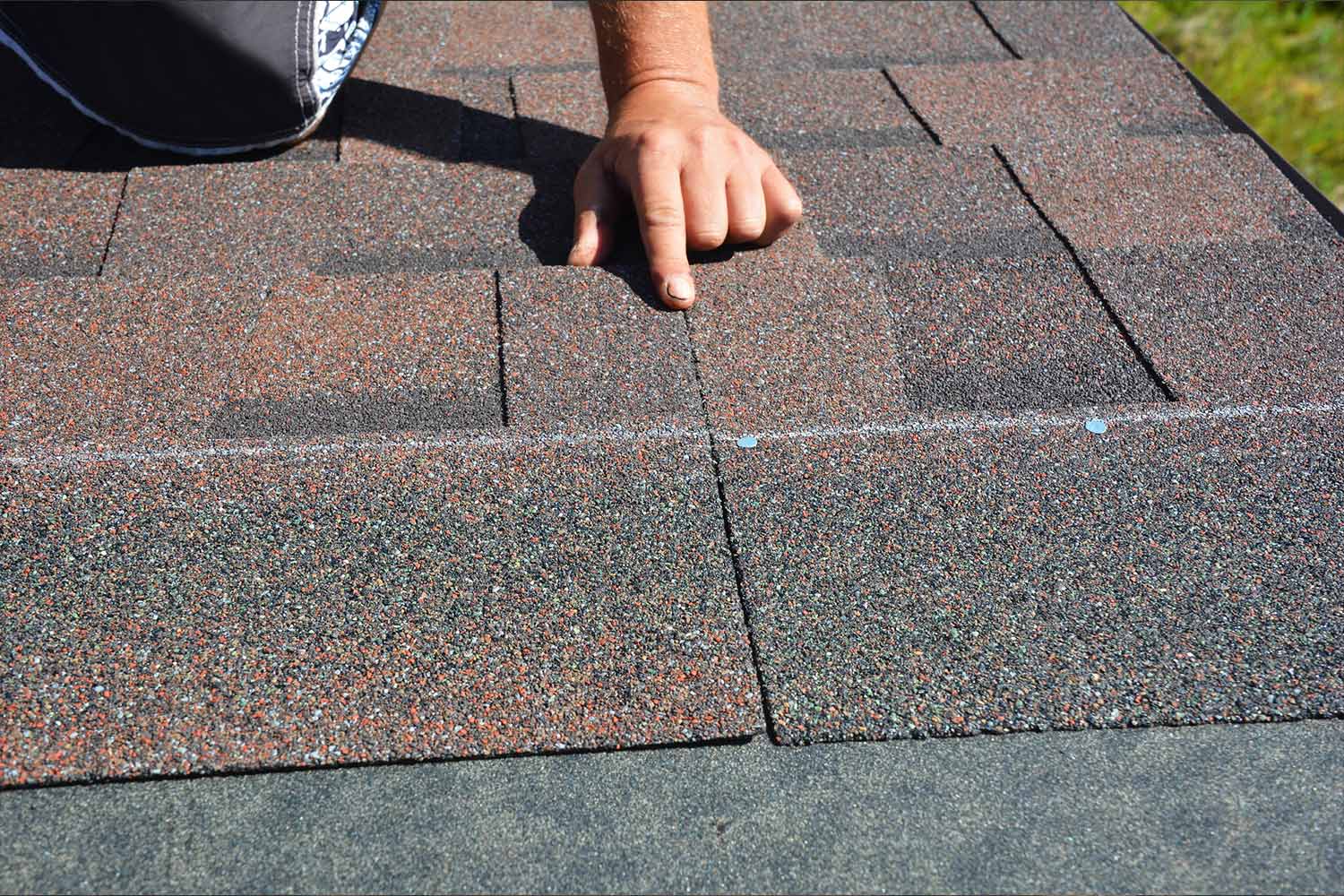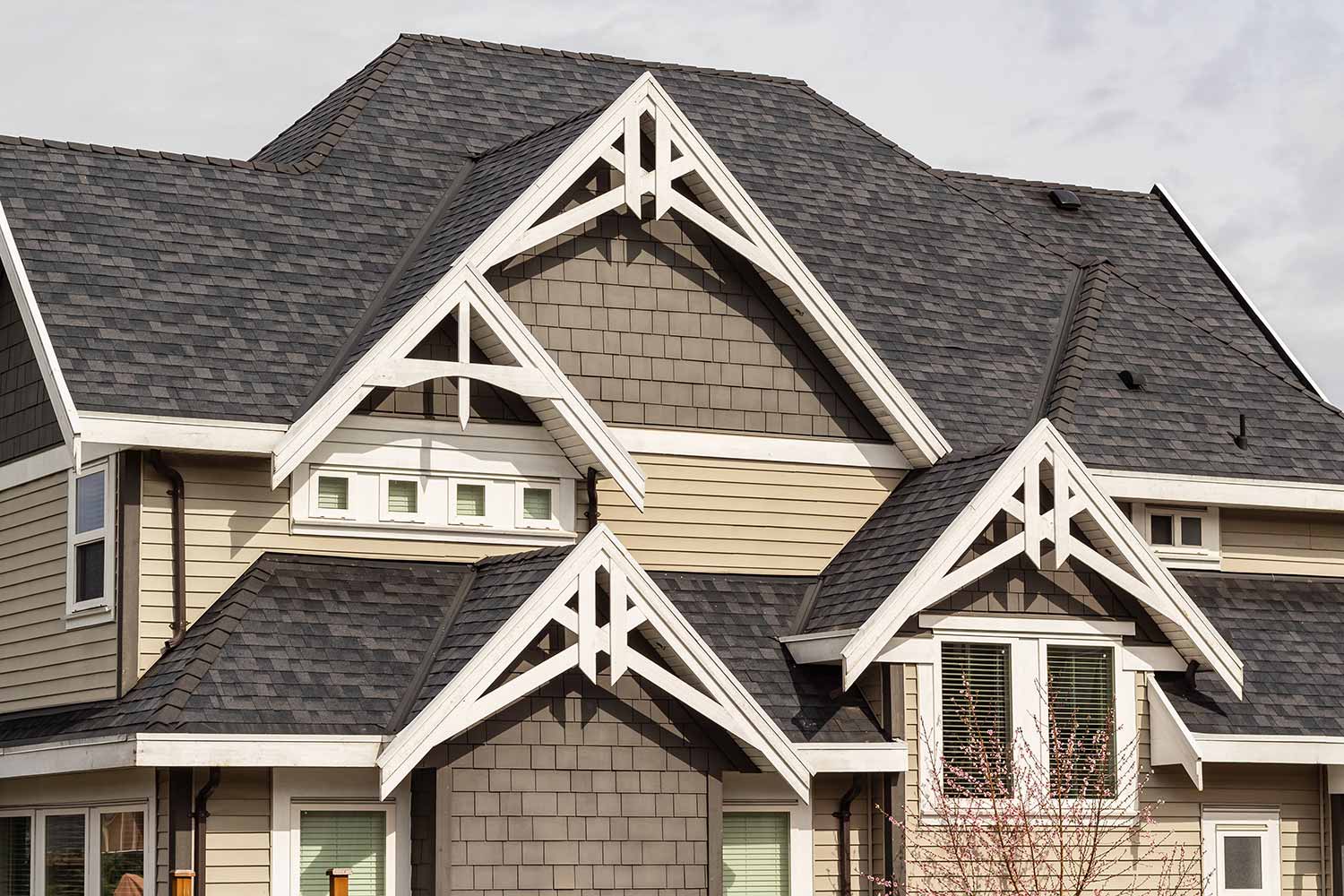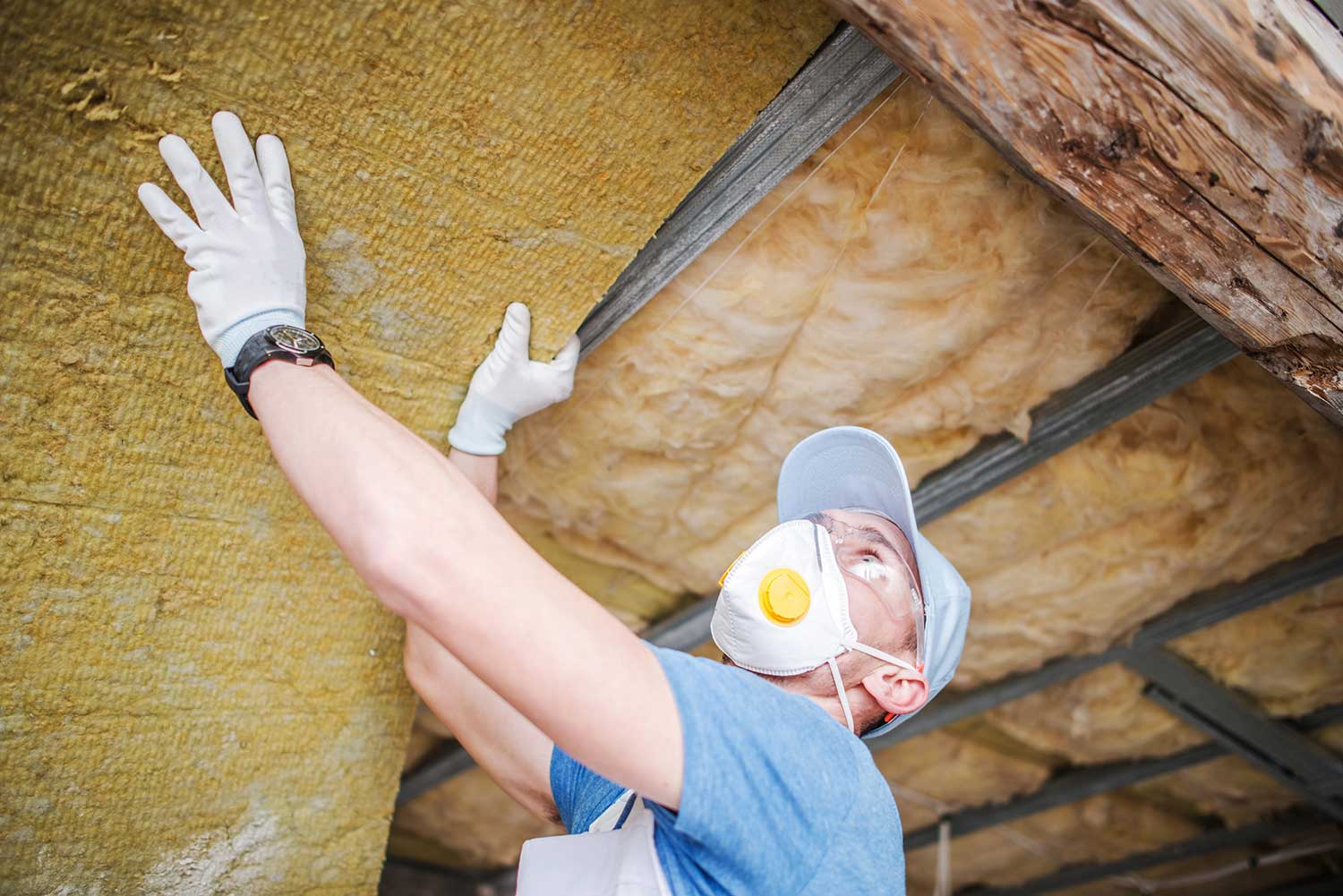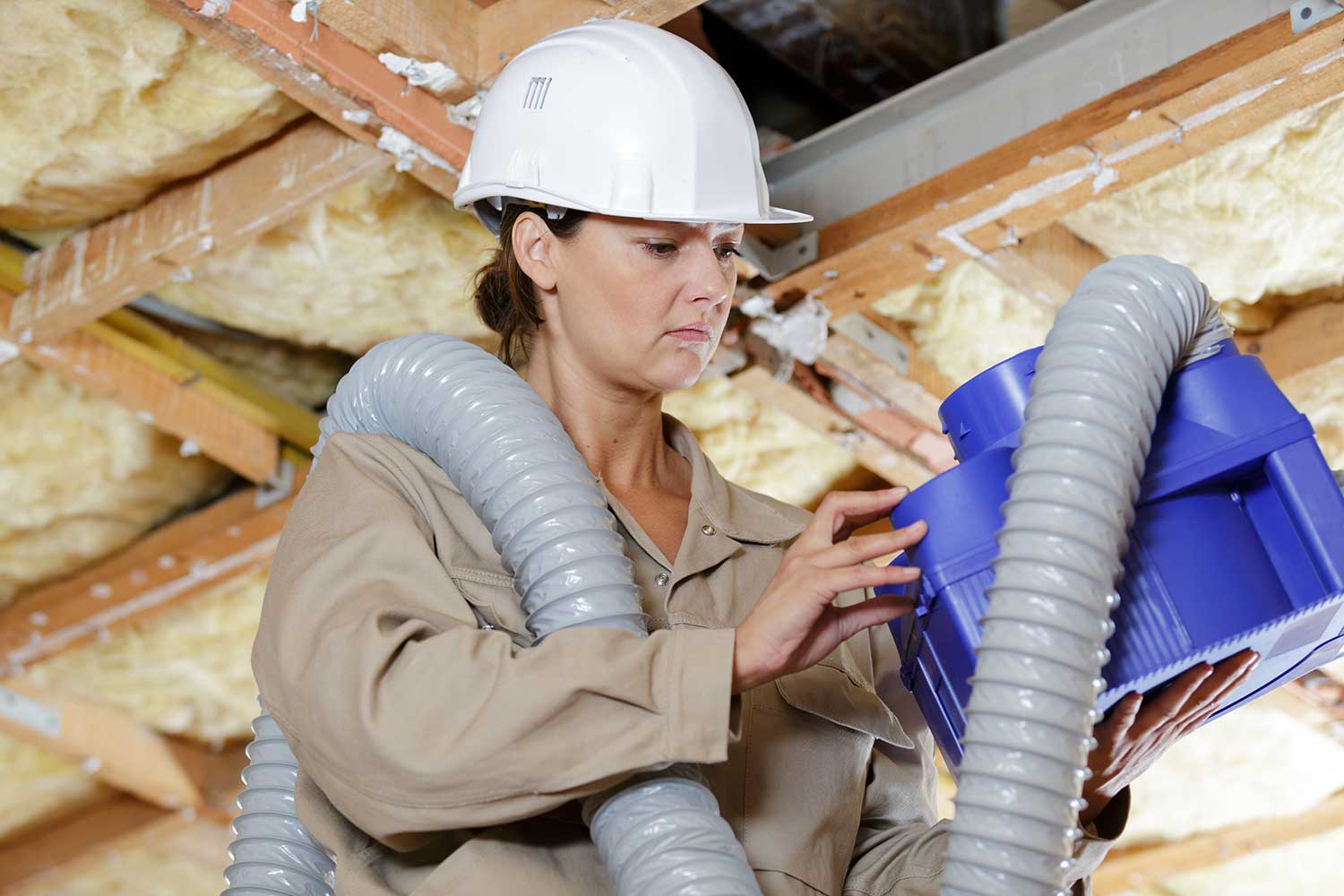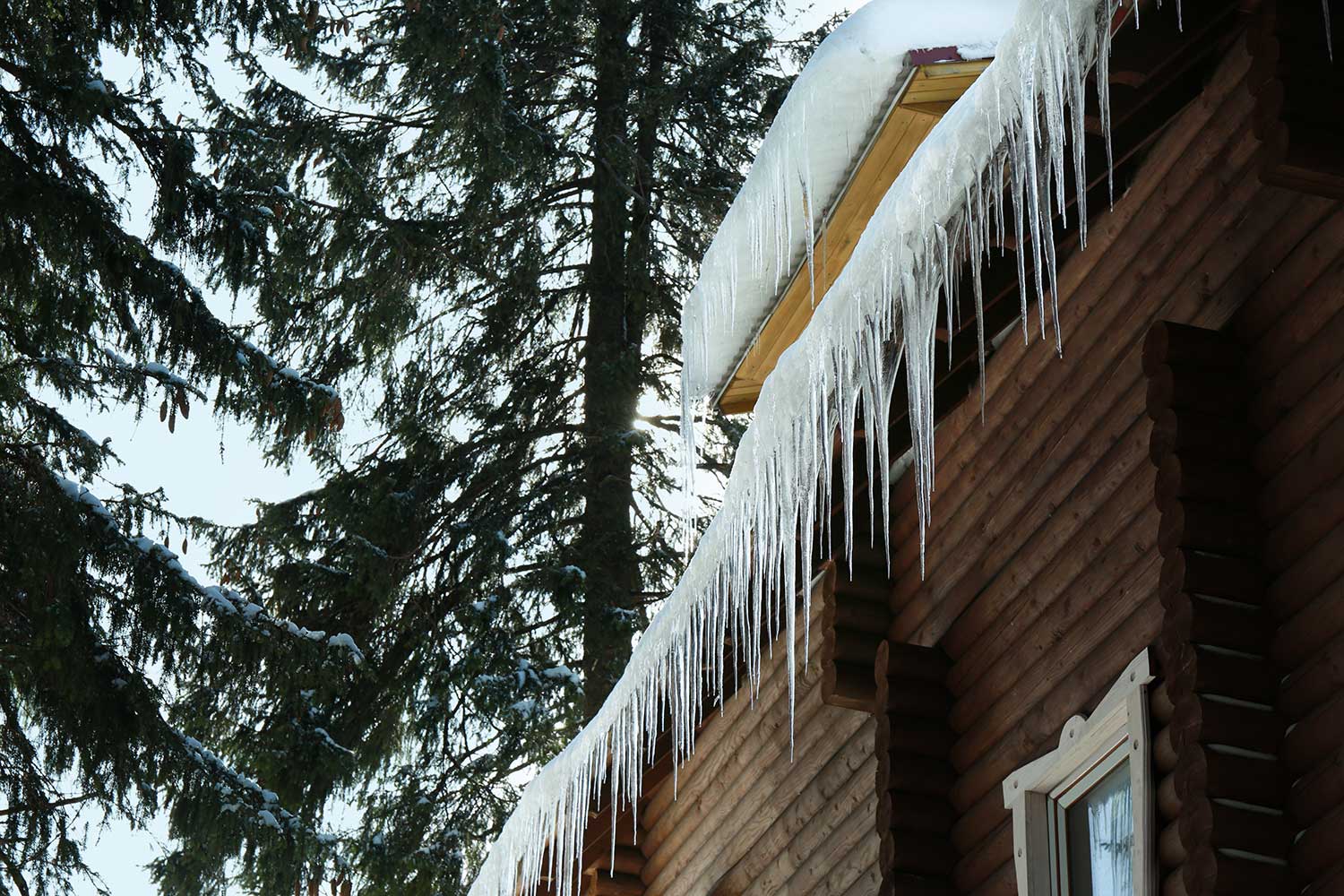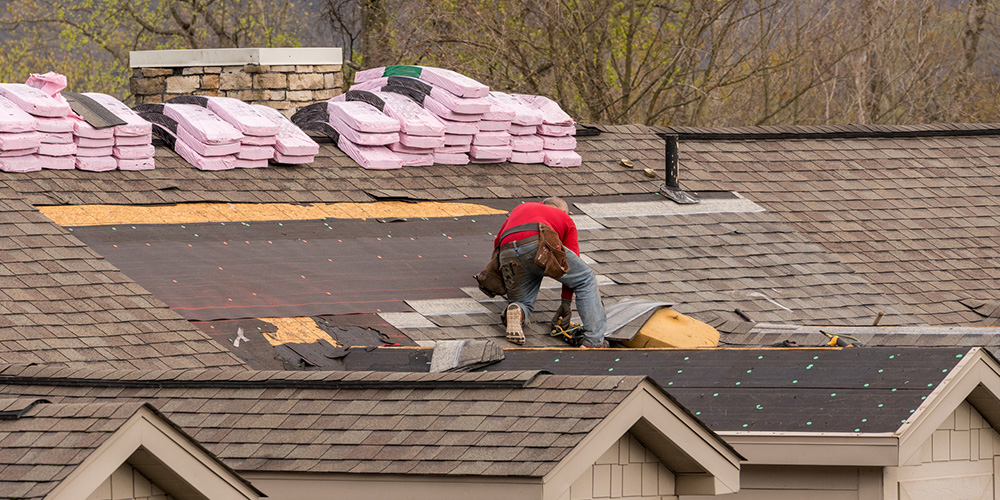What is the Best Roofing Material for Calgary?
Calgary homeowners face some of the toughest weather conditions in Canada. From heavy snowfall and freezing temperatures to sudden hailstorms and high winds, roofs in this region need to withstand a wide range of environmental challenges. Choosing the right roofing…

